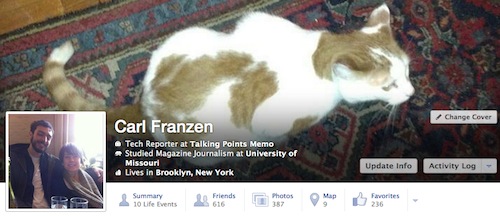These days, most websites include buttons for sharing content via social media services. Bucking the trend, designer Oliver Reichenstein has, in a piece called Sweep the Sleaze, said such buttons should be eradicated. He states that buttons do more to promote social network brands than your site, can make you look desperate and that there’s really no need to remind social network users about the likes of Facebook and Twitter. “We find content through Facebook, Twitter, Google+, Pinterest and so on, not the other way around,” he said, and cited a recent Smashing Mag tweet, where the publication noted its Facebook traffic went up after removing social media buttons.
Designer Hilton Lipschitz told us he had much the same experience. Buttons were slowing his site by over a second, which made him concerned some potential visitors would leave, and many were rarely used: “One article got 22,000 page views, but there were no Google+ or Facebook Likes and no Tweet shares.” He said people are probably used to seeing these buttons but blank them out like adverts, and added that his traffic – which mostly arrives from Twitter, Reddit and Hacker News, has not been negatively affected.
Wanting to find out more about this subject, we spoke to Reichenstein (OR) about the thinking behind his article, possible dangers of social networking buttons and also the ramifications of removing them.
SOURCE ‘Drop social media buttons’ call | News | .net magazine.


